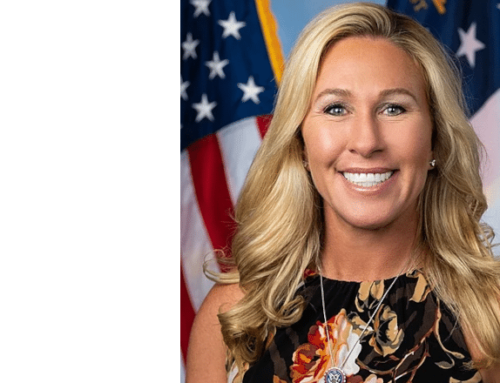Hemant Mehta is an atheist activist who is not too happy with Richard Dawkins, one of the most prominent atheists in the world. He is angered that his fellow God denier insists that “sex really is binary.” This should be about as controversial as saying the world is not flat, but in some circles it is cause for apoplexy.
Dawkins is someone whom I have mostly criticized, and occasionally defended, in the past. In 2016, I called him out for his hate speech when he said, “I’m all for offending people’s religion.” In 2017, I defended the Englishman on free speech grounds when a left-wing radio station based in Berkeley, California disinvited him after he called Islam the “most evil” of world religions. Now I am defending him once again.
Mehta holds to the anti-science view that sex is fluid. It is not. It is binary, just as Dawkins said it is. We are either male (XY chromosomes) or female (XX), notwithstanding the biological disorder that affects boys called Klinefelter Syndrome (XXY). That does not make for a third sex.
Dawkins is a biologist. Mehta is a blogger. Despite the glaring difference in credentials, the occasionally employed blogger is accusing Dawkins of “abandoning” science.
“What is a woman?” We know that Mehta can no more answer this question than can Ketanji Brown Jackson, but when Dawkins was asked to respond, he was not puzzled. “A woman is an adult human female, free of Y chromosomes.” Mehta says, “That flies in the face of what many scientists have said about the subject.”
What Mehta is referring to is the alleged category of “intersex” persons. Yes, there are rare instances of babies who are born with both male and female genitalia. Anomalies exist in nature. It is also true that there are people who suffer from polydactyly, a condition in which a person is born with extra fingers or toes. So what?
Father Tad Pacholczyk has a doctorate in neuroscience from Yale and did postdoctoral work at Harvard. Even those born with “confounding physiological factors,” he says, are either intrinsically male or female. In other words, humans are “marked by sexual ‘dimorphism,’ or ‘two-forms,’ namely, male and female. When problems arise in the development of one of these forms, this does not make for a new ‘third form,’ or worse, for an infinite spectrum of different sexual forms.”
Mehta is upset that Dawkins has previously said that trans people are similar to Rachel Dolezal, the white woman who claimed to be black. The analogy is apt: if self-identity is dispositive, then Dolezal is as black as the guy who claims he is a gal.
Finally, Dawkins insists that it is people like him who are being bullied today, not trans people. Mehta disagrees but Dawkins is right. It is true, as Mehta contends, that trans people are much more likely to experience violence than normal people are, but what he leaves out is that most of the violence against trans people is being carried out by other trans people. That’s the dirty little secret no one wants to talk about.







